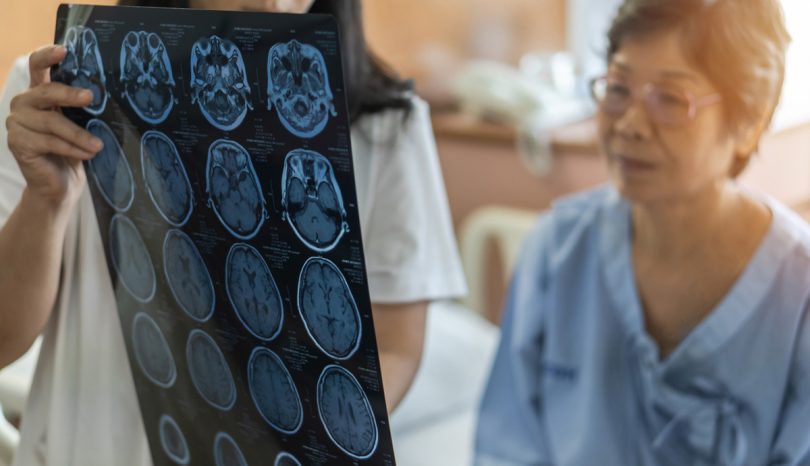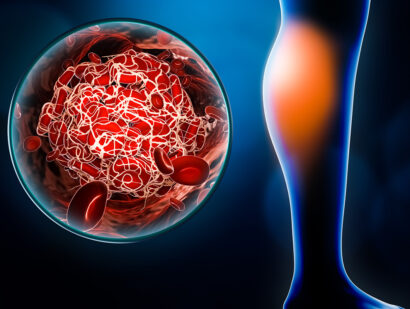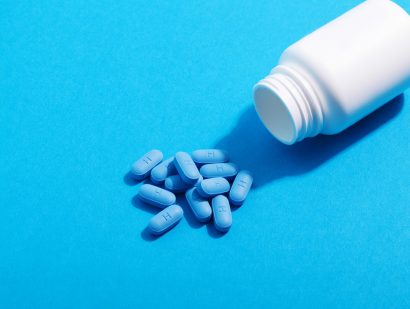- Find A Medical Provider
- Auto Injuries
- Common Injuries
- Medical/Pharmaceutical
- Types of Medical Injuries
- Malpractice Injuries
- Drug and Medical Device Injuries
- Drugs and Devices Linked to Cancer
- Opioid Addiction
- Drugs and Devices Known to Cause Injury
- 3M Combat Arms Earplugs – Hearing Loss
- Accutane
- Aciphex
- Actonel
- Actos
- Adderall and Ritalin
- Advair
- Aldara (Imiquimod)
- Alli
- Ambien
- Amiodarone
- Anzemet
- Aptivus
- Aranesp
- Arava
- Atorvastatin
- Avandia
- Benicar
- Birth Control Medication
- Blood Thinners
- Essure
- Fosamax (Alendronate Sodium)
- Gadolinium-Based MRI Contrast Agents
- Granuflo
- Hernia or Surgical Mesh Injuries
- Hydroxycut
- Inferior Vena Cava Filters
- Invokana Toe and Foot Amputations
- Ketek
- Levaquin
- Lipitor
- Mirapex
- Neurontin
- Onglyza
- Over-the-Counter Medications
- OxyContin
- Paxil
- Power Morcellators
- Pradaxa
- Propecia
- Reglan
- Talc Powder
- Trasylol
- Valsartan
- Viagra
- Xolair
- Zelnorm
- Zoloft
- Work Injuries
- Sports Injuries
- Marketing Services
- Blog
List your practice on InjuredCare | Log in / Sign up
Ischemic and Hemorrhagic Strokes

A stroke is a medical condition caused by the cessation or diminishment of the flow of blood to the brain, which causes brain cells to die. Strokes are categorized as either ischemic or hemorraghic.
Ischemic Strokes
An ischemic stroke is caused by a lack of blood to the brain. Nearly nine of every ten strokes are ischemic.
The blood supply may be impeded by one of four events:
- A general thrombosis, or localized blood clot
- An embolism, caused by an obstruction somewhere else in the body
- A general decrease in blood supply (known as systemic hypoperfusion)
- A cerebral venous sinus thrombosis, where the clot is in a sinus cavity that drains from the brain
About 40% of all ischemic strokes are of unknown origin, known as cryptogenic strokes. Studies have shown that individuals with substance abuse problems involving stimulants, such as cocaine and amphetamines, are at a higher risk of suffering ischemic strokes.
Hemorrhagic Strokes
A hemorrhagic stroke is caused by bleeding, typically associated with the rupture of a blood vessel or an abnormal vascular structure. Most hemorrhagic strokes start as ischemic incidents.
The two most common types of hemorrhagic strokes are those that involve an intra-cerebral hemorrhage and those involving a subarachnoid hemorrhage. An intra-cerebral hemorrhage is one where the bleeding takes place somewhere within the brain. A subarachnoid hemorrhage is a bleed somewhere in the skull, but outside of the brain.
Symptoms of a Stroke
The classic signs that you may be suffering a stroke are contained in the acronym FAST:
- Face—Check your face for any type of droop. If you smile and one side stays down, that's the first indication.
- Arms—Do you have any weakness in your arms? When you lift both arms, does one fall back down on its own?
- Speech—Are you slurring any words? Are you having any difficulty verbalizing anything?
- Time—If you exhibit all the above symptoms, it's time to call 911.
Other warning signs include:
- Difficulty seeing with one or both eyes
- Weakness anywhere on just one side of your body
- Severe headache (although most ischemic strokes don't produce headaches)
- Trouble understanding others
- Balance or coordination issues
Treatment for a Stroke
The treatment for stroke depends on the type of stroke. For an ischemic stroke, the most important thing is to restore blood flow to the brain. That may be accomplished by blood-thinning or clot-breaking drugs. The most common and effective is tissue plasminogen activator (tPA). You also may undergo emergency procedures, including the removal of the clot with a stent retriever or the injection of medication directly into your brain.
For a hemorraghic stroke, the priority is to stop the bleeding. If you take anticoagulants, the first step will be to administer an antidote. You also may be given pharmaceutical products to lower your blood pressure and decrease bleedings. In more serious cases, you may undergo surgery to repair blood vessels.









